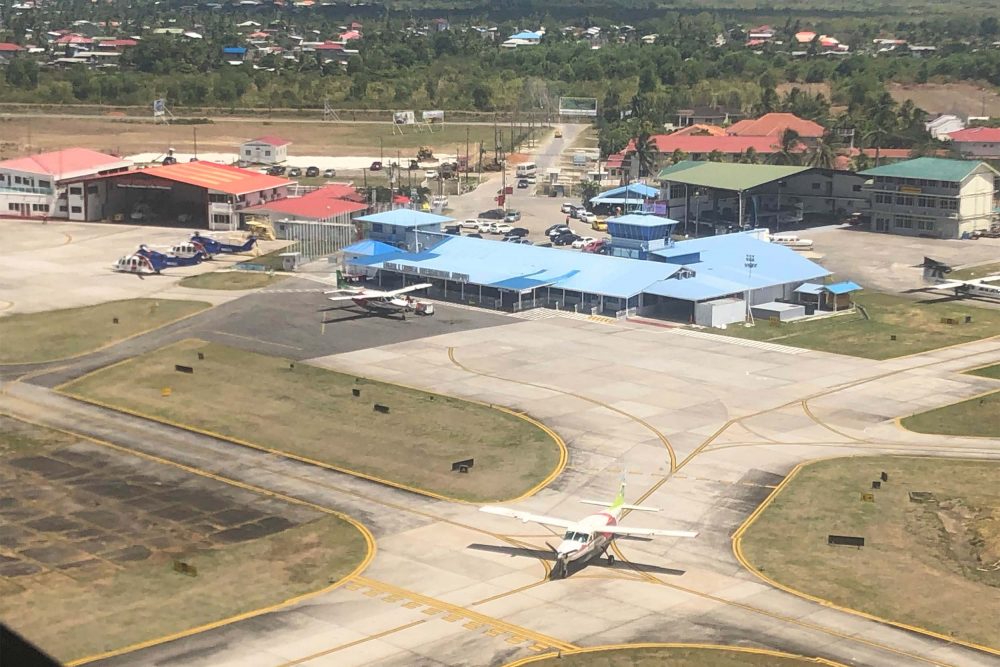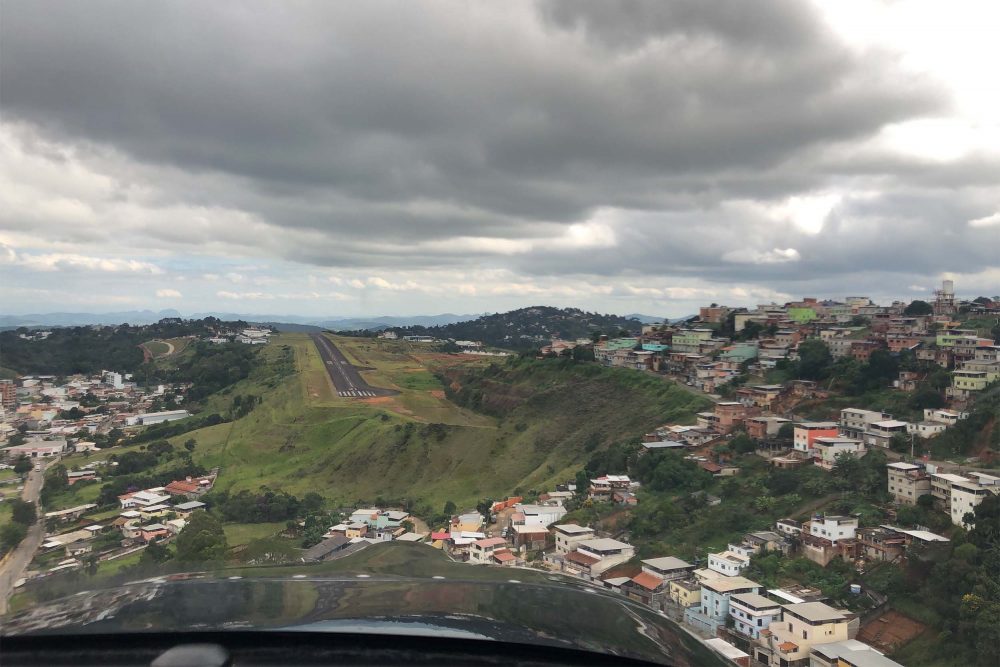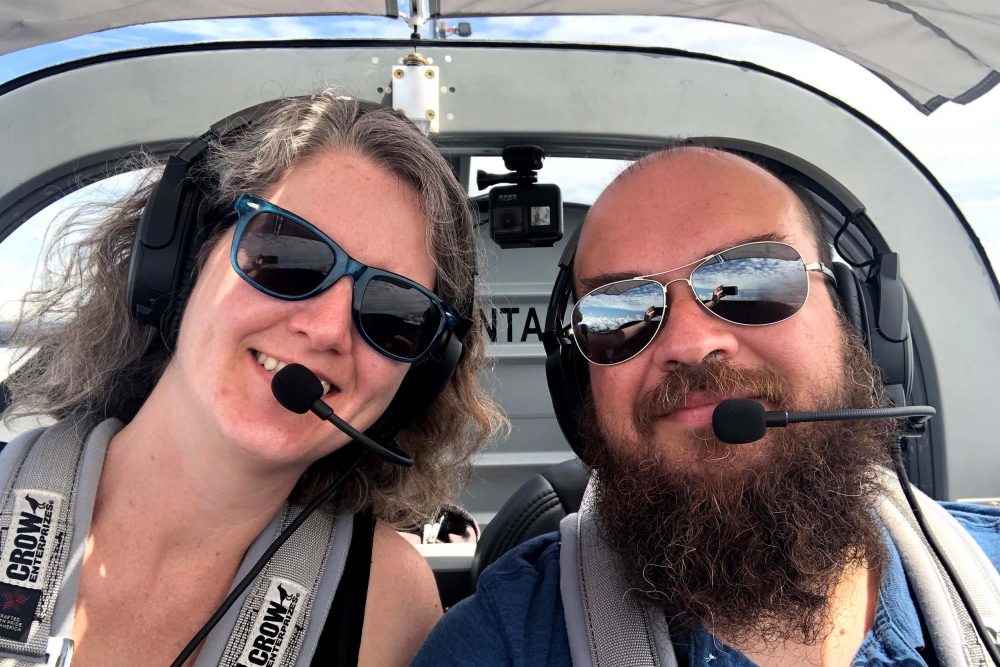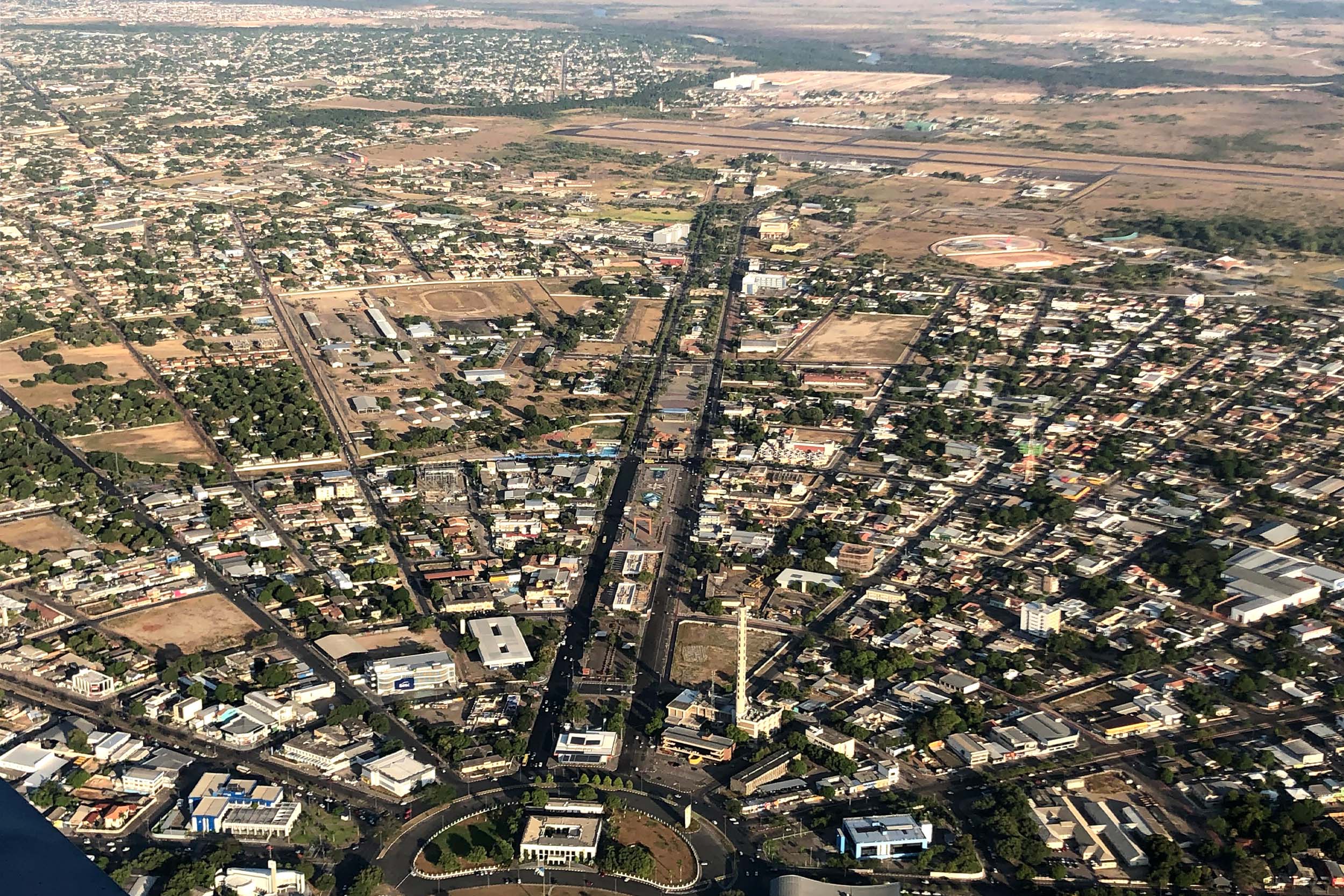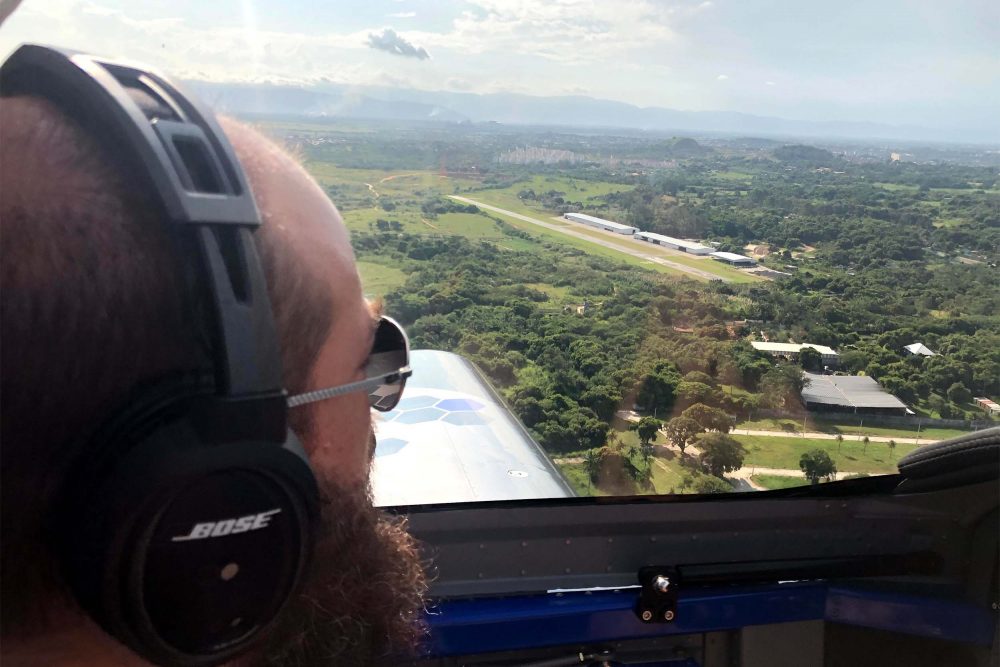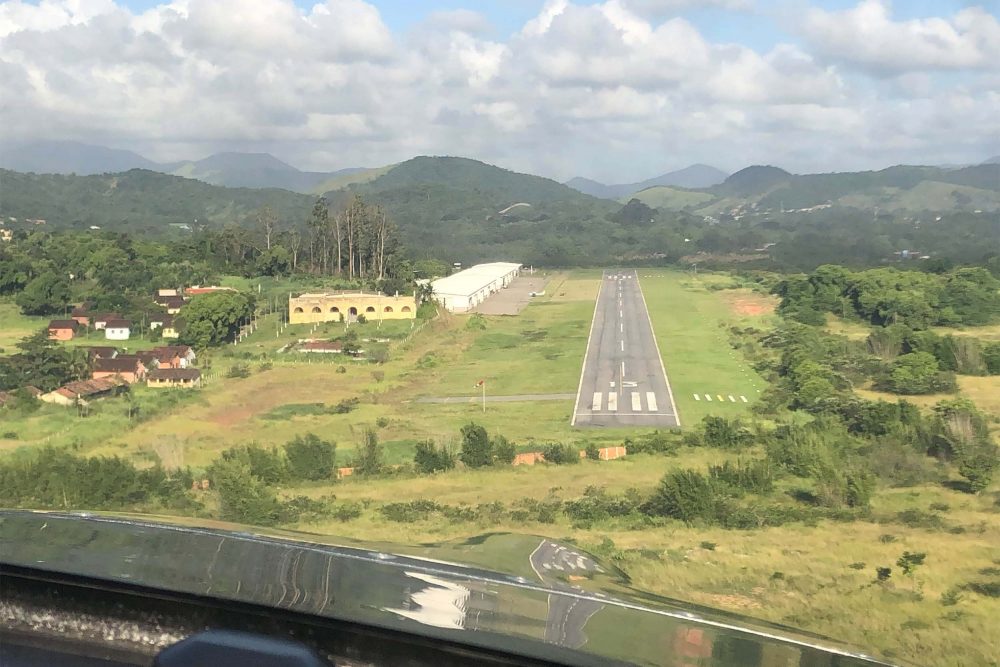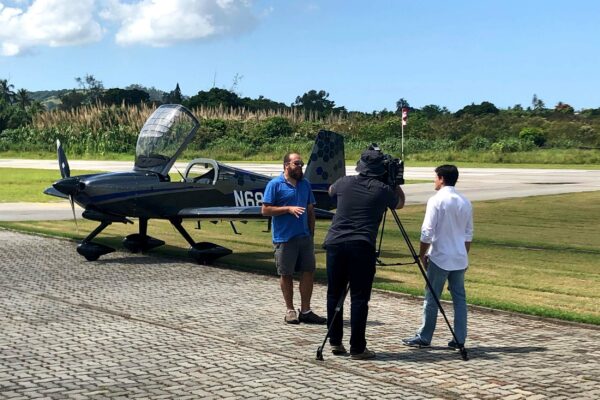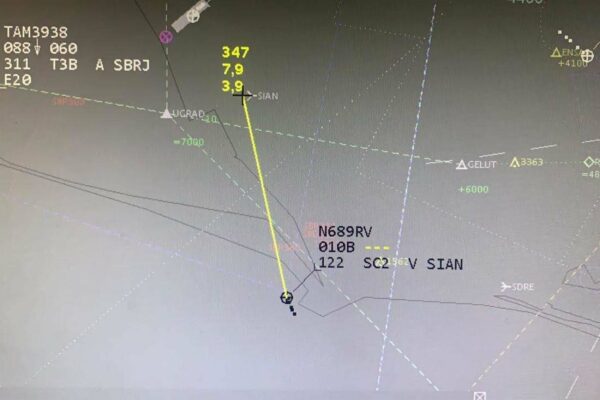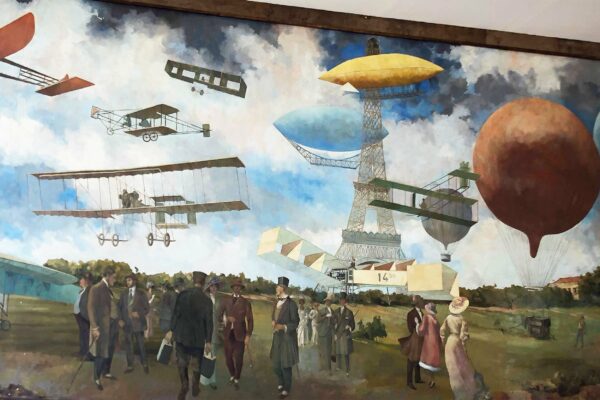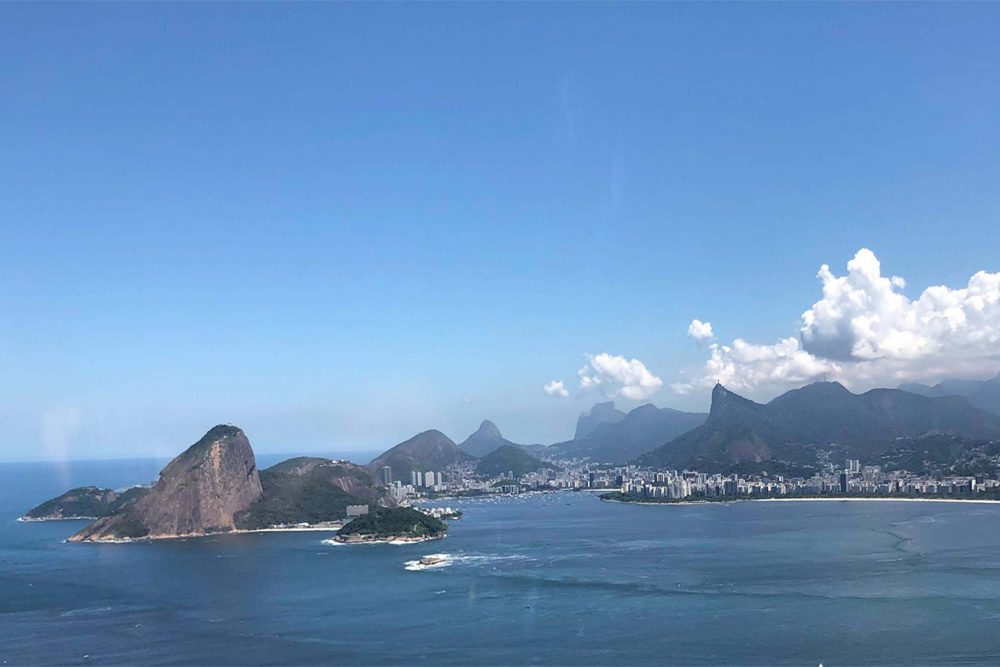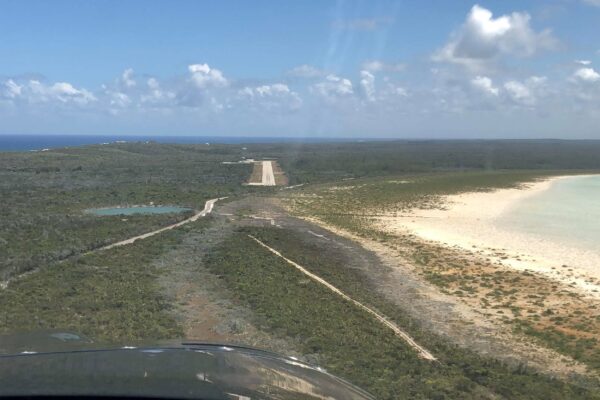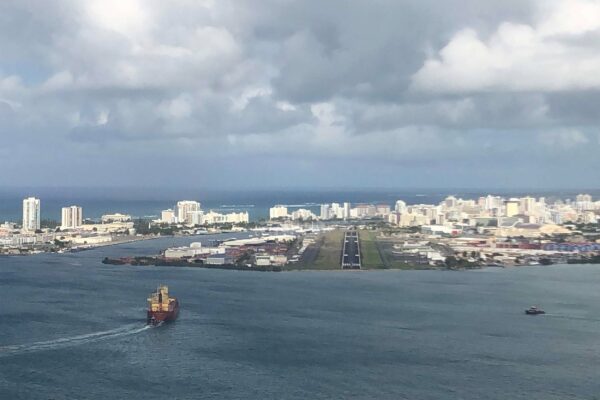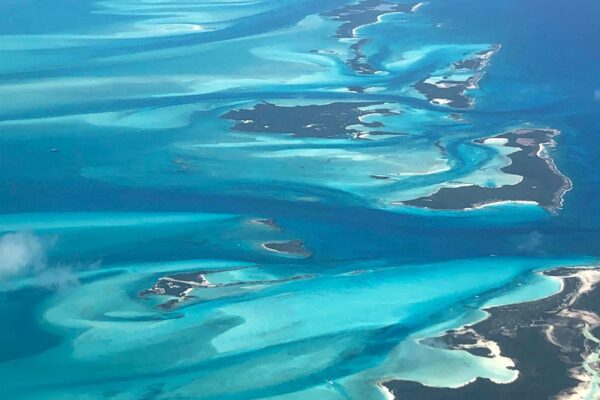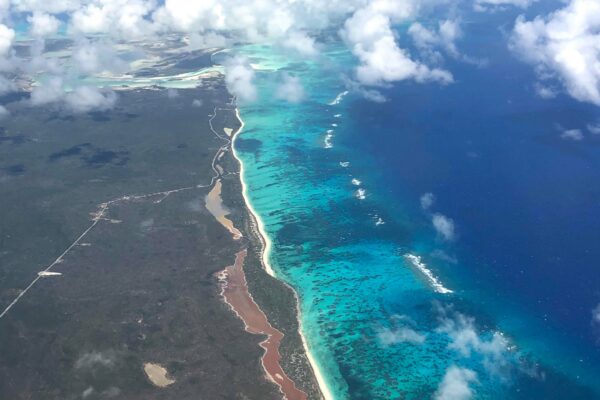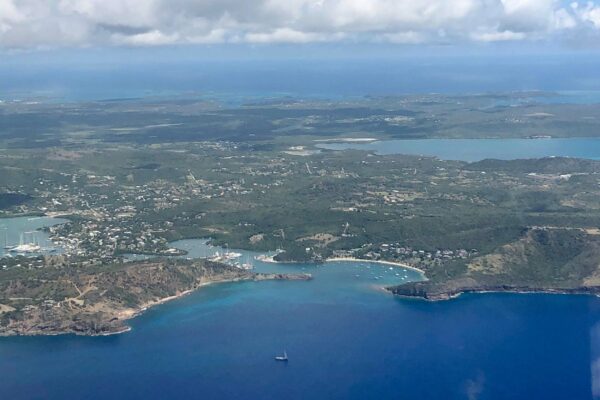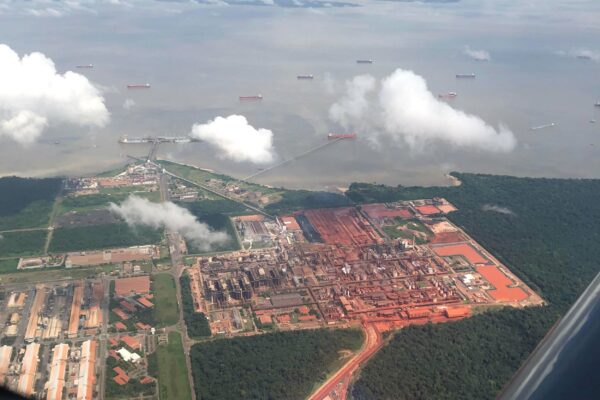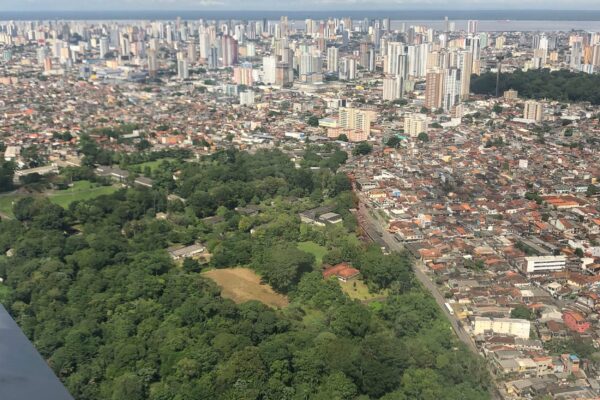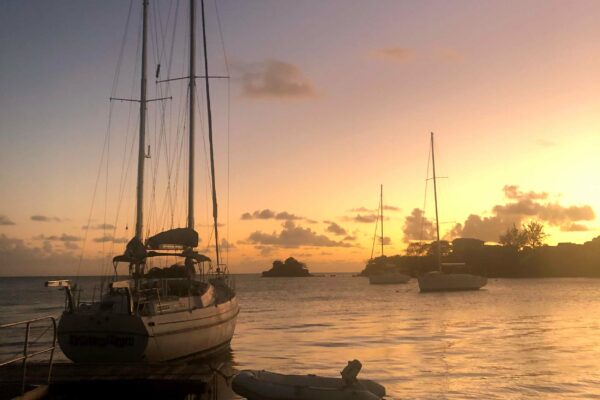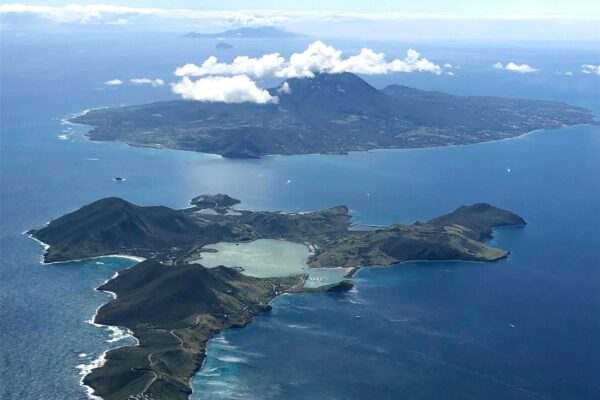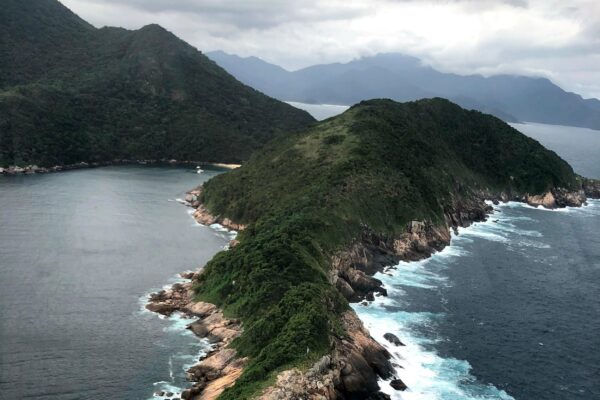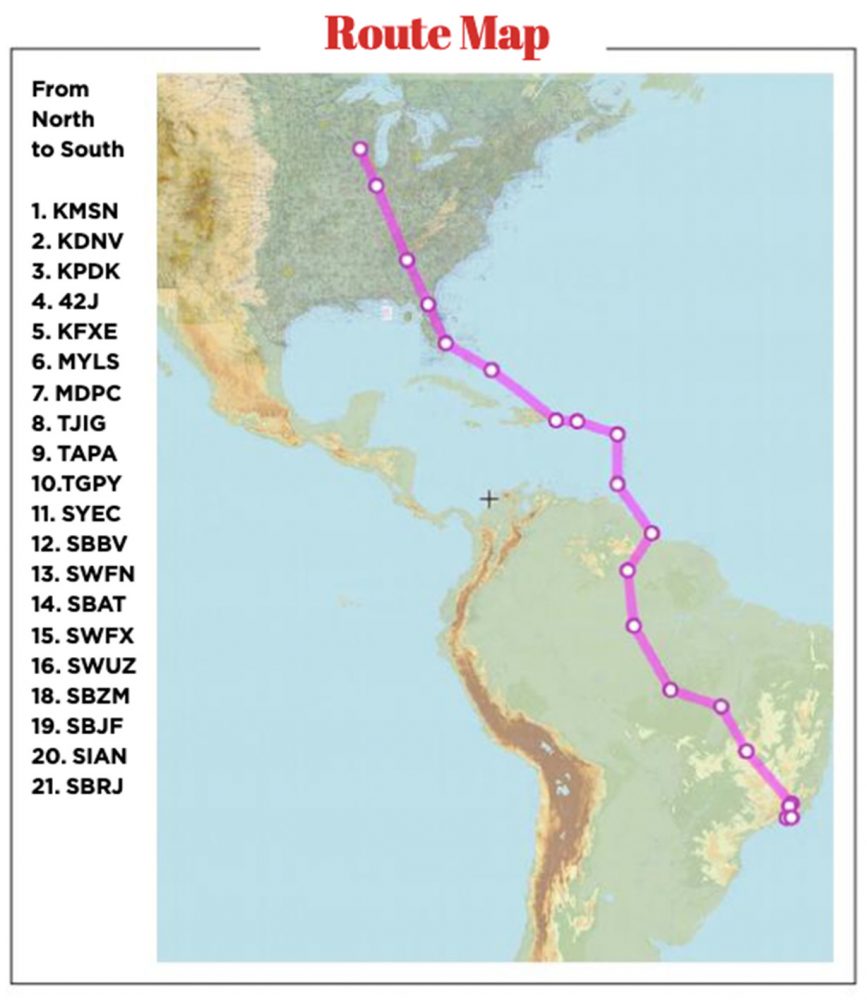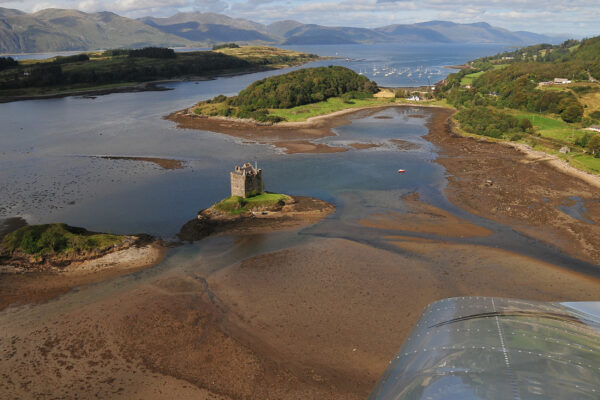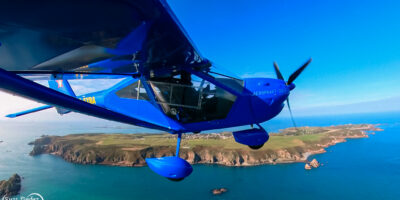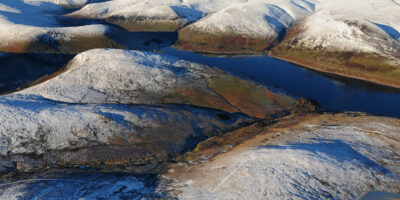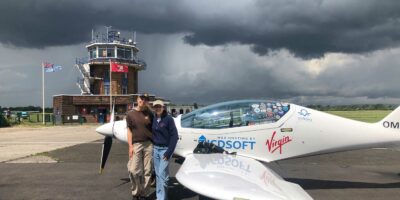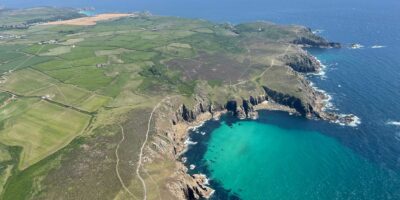Our flight through the Amazon was incredibly picturesque. Beautiful strong greens, blues, and browns. I had never imagined there would be such beauty in a vast lawn of trees as far as you can see. It’s truly a sight. The Amazon River is just immense, and the meeting of the different waters is very dramatic.
A few stops along the way, including an IFR diversion, and we were coming up to Rio de Janeiro. Our local friends had introduced us to one of the approach control supervisors for the Rio CTA, and he called us just as we were getting ready to submit a flight plan. “We can vector you directly to the flying club, avoiding all the craziness with visual corridors, etc,” he offered.
At this point I paused and looked at the visual corridor chart. “Thank you, but can we take the long way round?”
So we were off heading in the wrong direction to enter the northernmost gate of the coastline corridor and flew it all the way south-west to our destination. We flew over some beautiful beaches – Niteroi, Sugarloaf Mountain, Copacabana, Ipanema and Leblon. One fantastic sight after another. Approaching the end of the corridor we heard ‘N689RV standby for a message’, and our supervisor friend came on with detailed instructions on what to do next and how to find the little flying club we will be staying at. Could not have asked for a better experience. They even included pictures of us on their radar scopes!
We spent three fantastic nights in Rio enjoying the hospitality of the local flying club. Clube Ceu really was a little piece of heaven. Large hangars, an on-site engineer to help us with an oil change and mid-trip inspection, fantastic clubhouse, excellent food and wonderful camaraderie! We joked that if they ever sell plots there, we’d be in line to build our retirement house.







